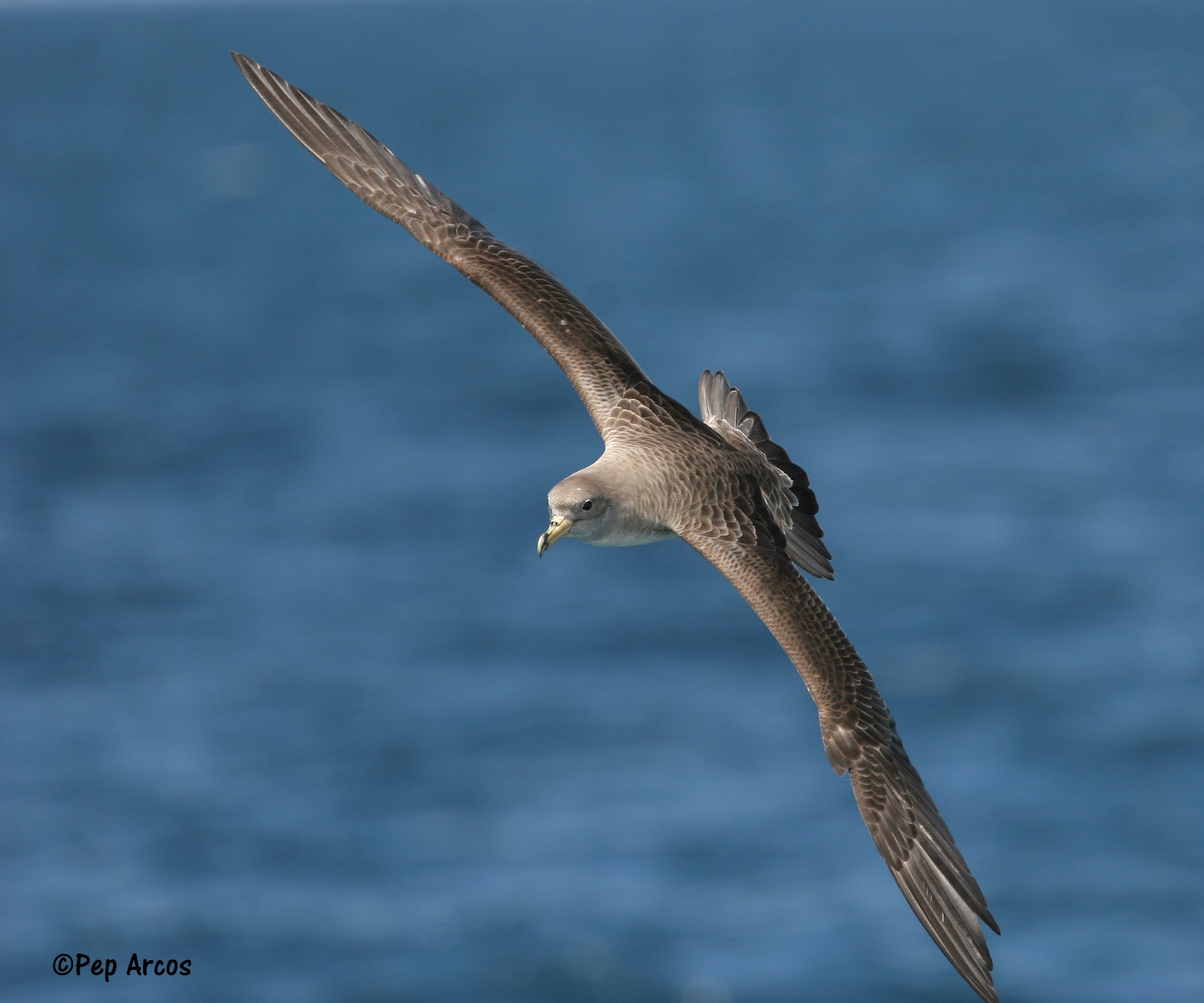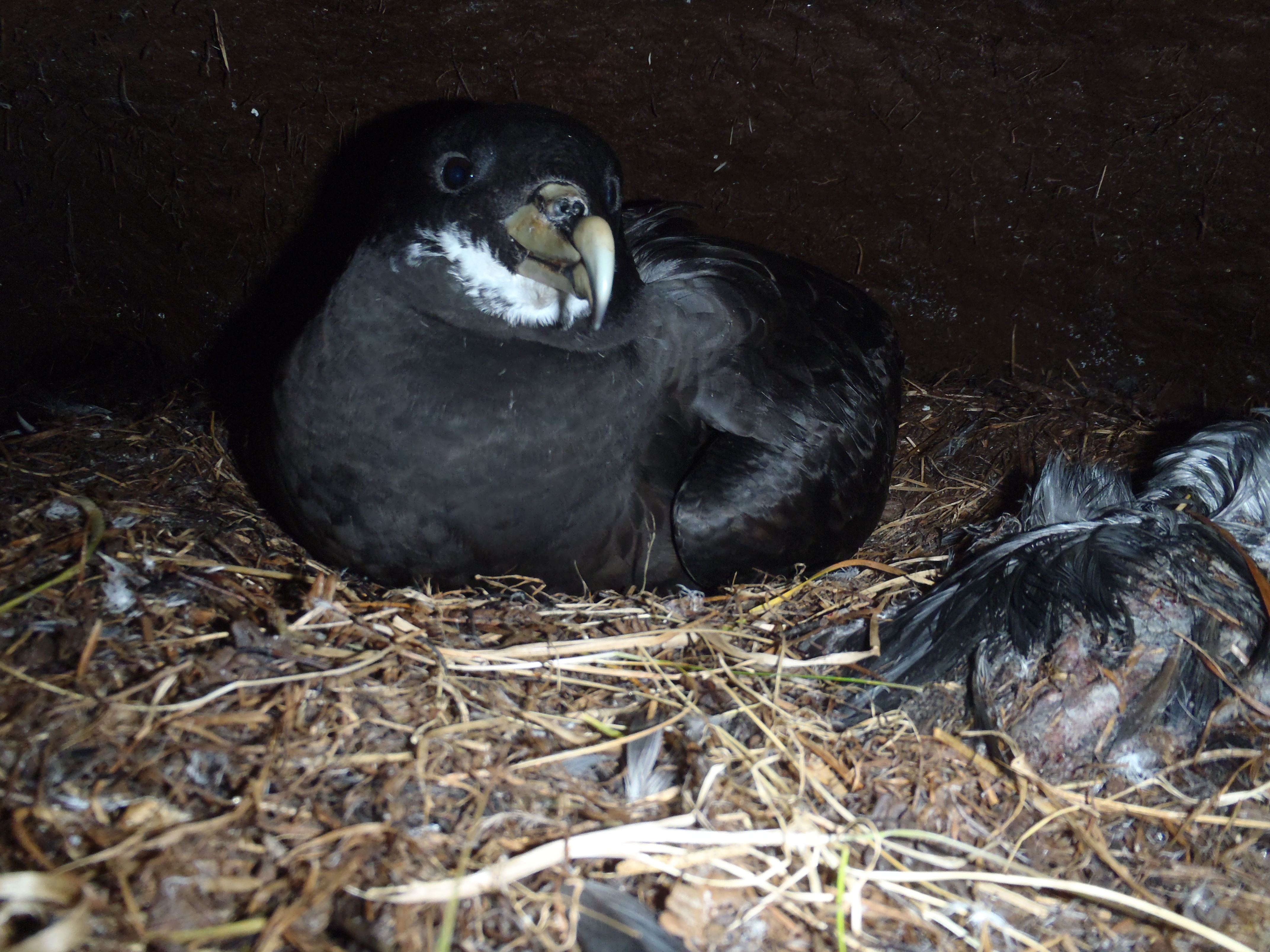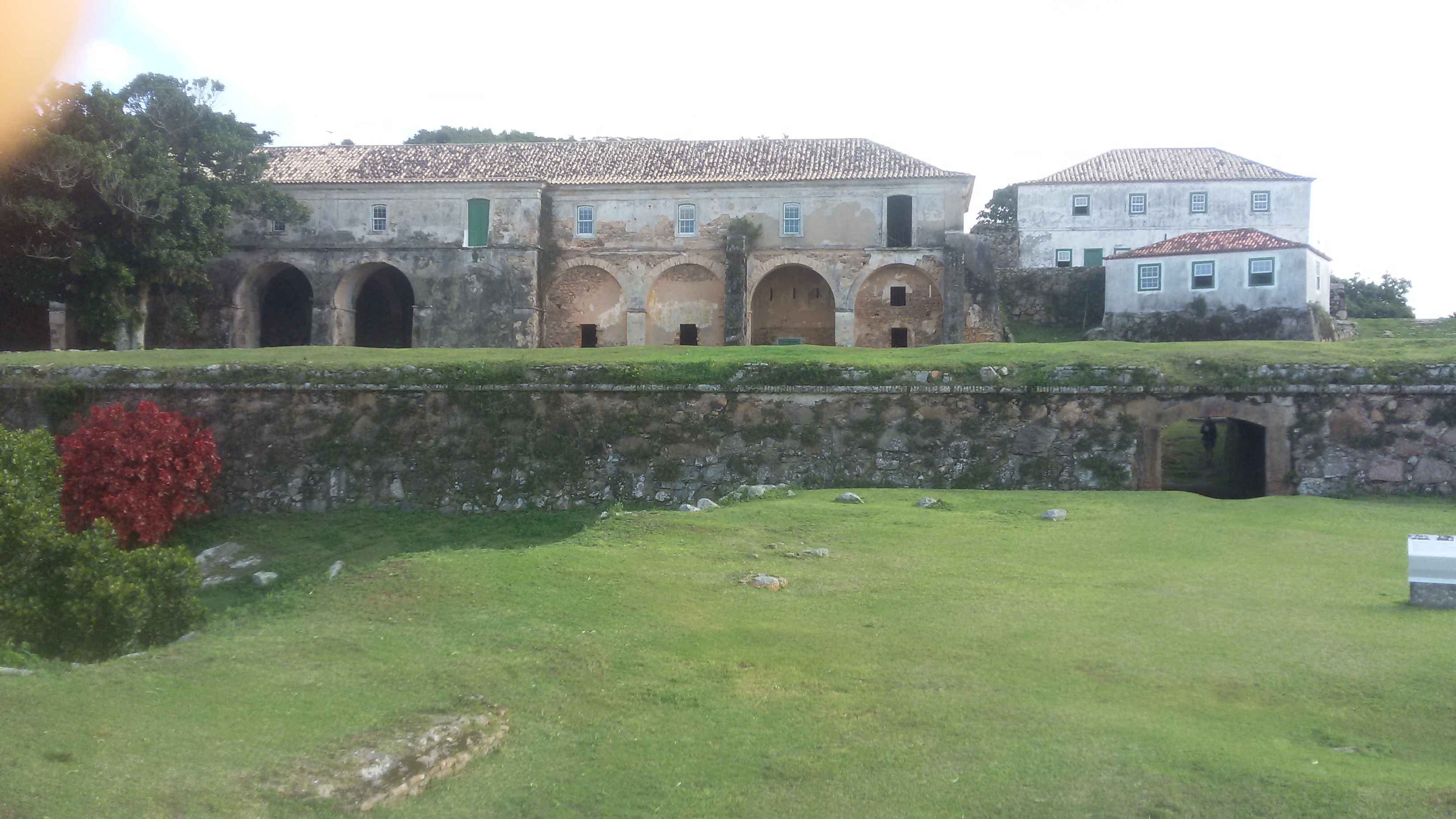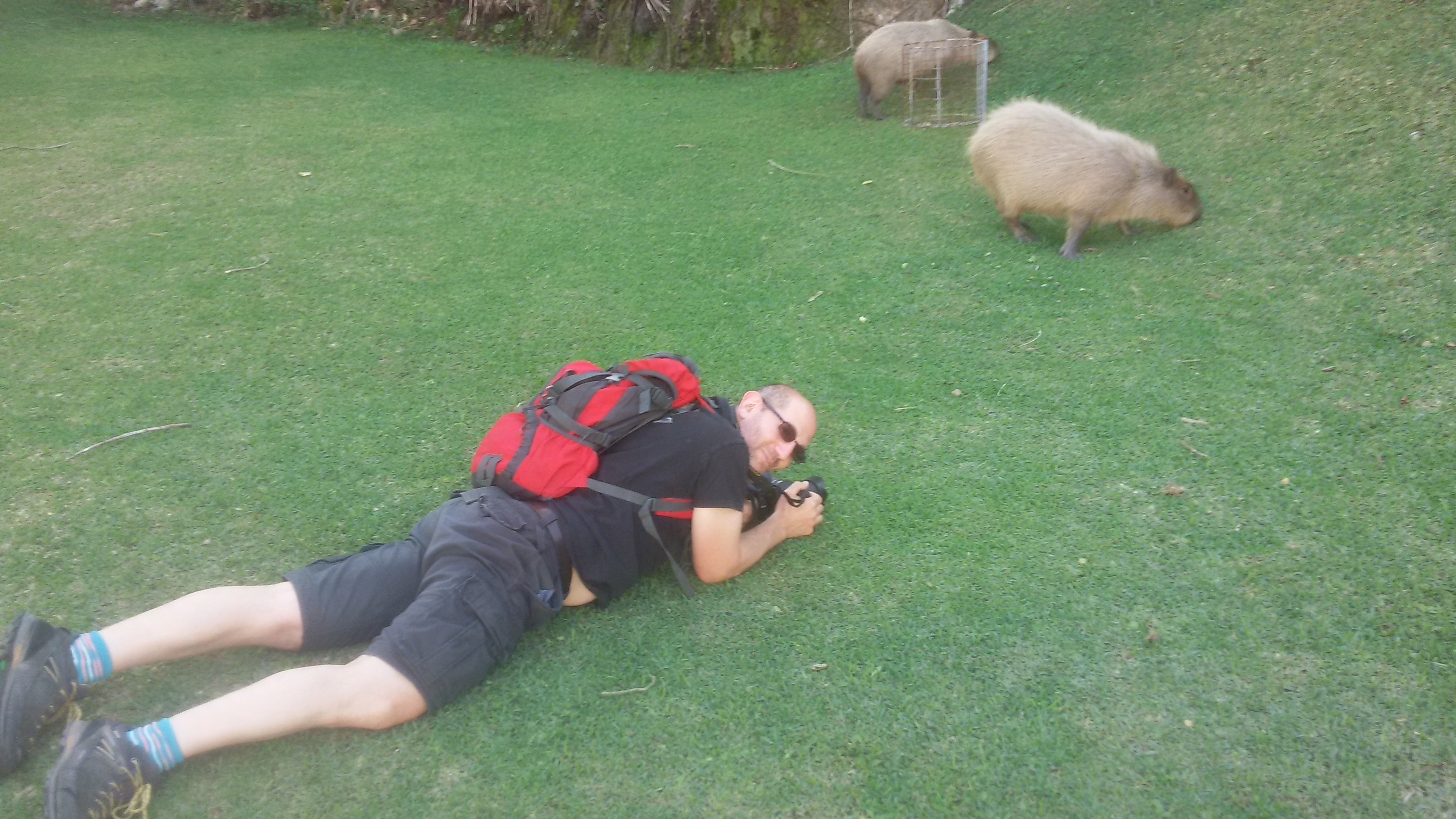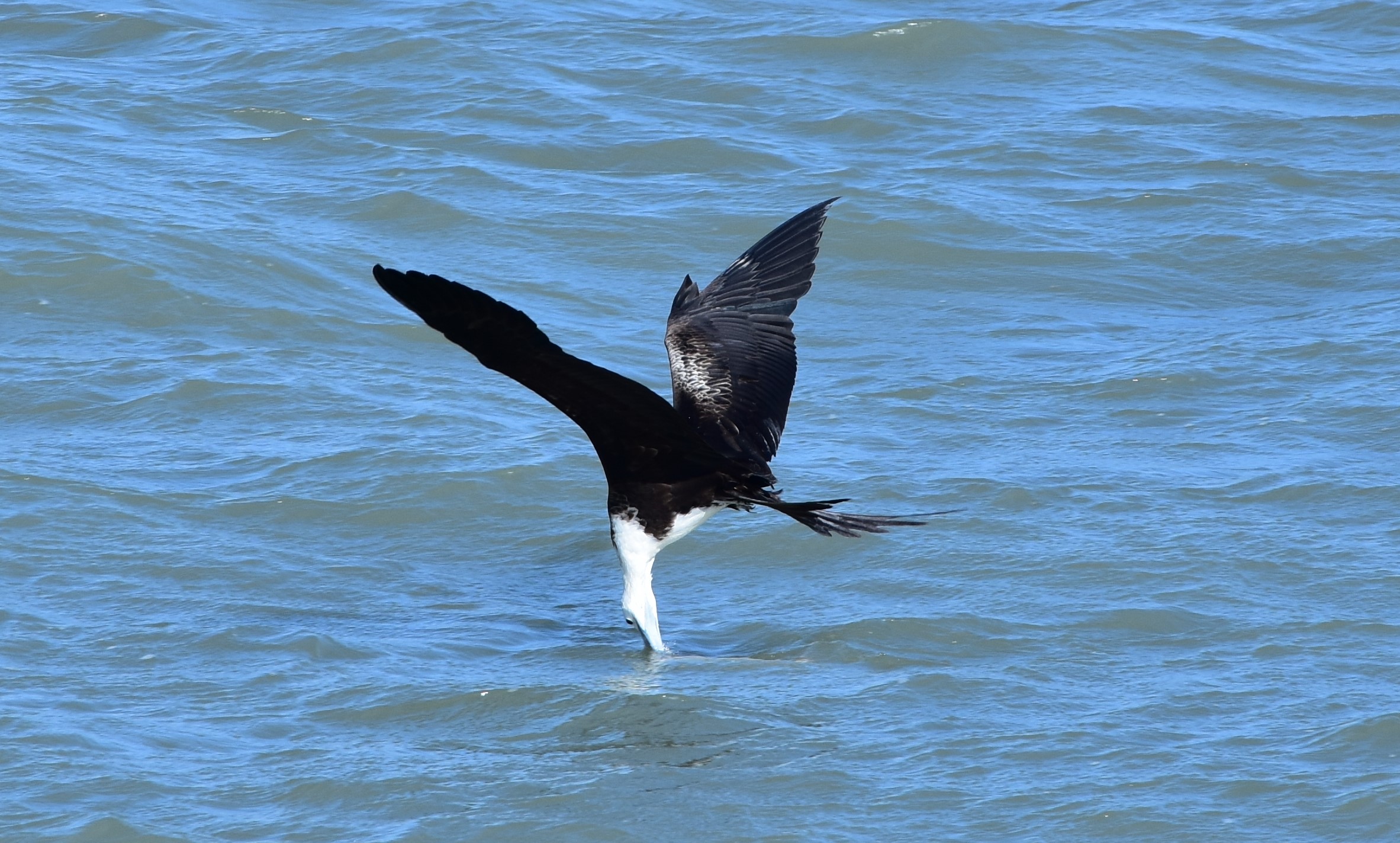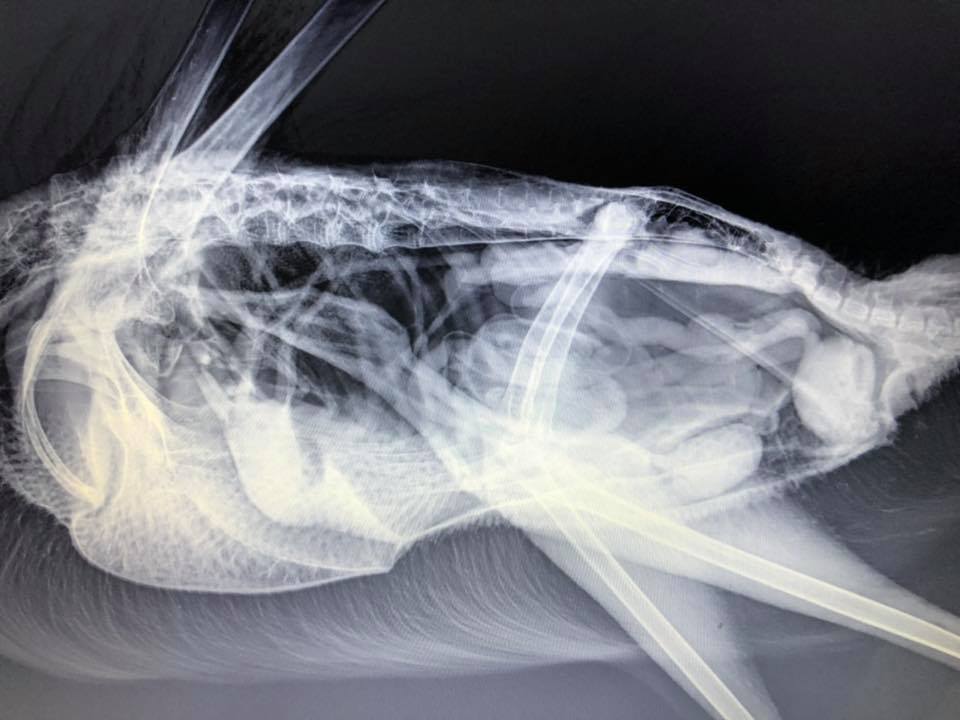Morgan Gilmour (Ocean Sciences Department, University of California, Santa Cruz, California, USA) and colleagues have published in the journal Ecological Indicators on mercury and prolactin levels in Flesh-footed Shearwaters Ardenna carneipes (globally Near Threatened) and Great-winged Petrels Pterodroma macroptera.
The paper’s abstract follows:
“Marine predators are frequently exposed to contaminants through diet, and thus contaminants like mercury have the potential to be used as tracers of foraging ecology. Mercury’s neurotoxic and endocrine-disrupting effects can have far-ranging consequences for both individuals and populations, and thus mercury concentrations could also be indicative of wildlife health. Because blood samples are relatively non-invasive and easy to obtain in seabird colonies, we investigated whether blood-based mercury concentrations were representative of foraging ecology and breeding hormone concentrations in seabirds. Blood-based mercury carbon and nitrogen stable isotopes, and the reproductive hormone, prolactin, were sampled from two seabird species that exhibit different foraging strategies in Western Australia: Great-winged Petrels (Pterodroma macroptera) are pelagic squid-specialists whose populations are under-studied; Flesh-footed Shearwaters (Ardenna carneipes) are coastal foragers that associate with fishing vessels, and are a species listed as Vulnerable in Western Australia. Mercury was six times higher in Great-winged Petrels (geometric mean ± SE: 3.360 ± 0.180 μg g−1 ww, n = 15) than Flesh-footed Shearwaters (0.554 ± 0.109 μg g−1 ww, n = 12). There was a significant difference in δ15N between species, and within-species variation in δ13C mirrored variation in mercury concentrations, supporting the view that foraging ecology plays a central role in mercury exposure. Furthermore, Great-winged Petrels’ mercury concentrations are among the highest reported in seabirds. However, no relationship between mercury and prolactin concentrations was detected. Overall, these results demonstrate that mercury can be used as a foraging ecology tracer in these populations but may not be a good indicator of seabirds’ breeding hormones like prolactin, though mercury may affect other aspects of reproduction that we did not measure. These results may aid in future assessment of population trends in these, and other, species.

Flesh-footed Shearwater, photograph by Barry Baker
Reference:
Gilmour, M.E., Lavers, J.L., Lamborg, C., Chastel, O., Kania, S.A. & Shaffer, S.A. 2019. Mercury as an indicator of foraging ecology but not the breeding hormone prolactin in seabirds. Ecological Indicators 103: 248-259.
John Cooper, ACAP Information Officer, 24 May 2019

 English
English  Français
Français  Español
Español 